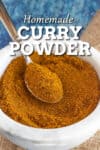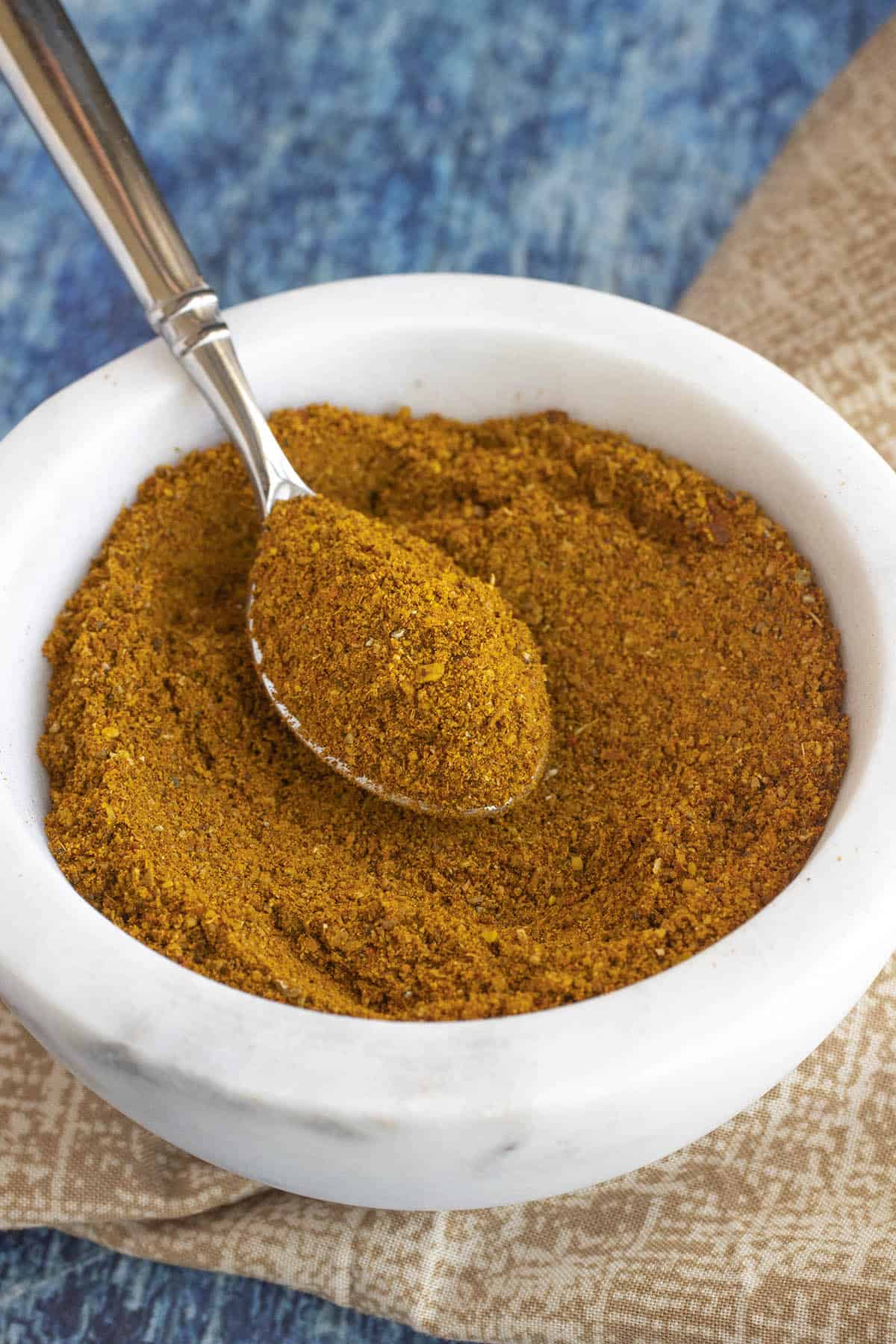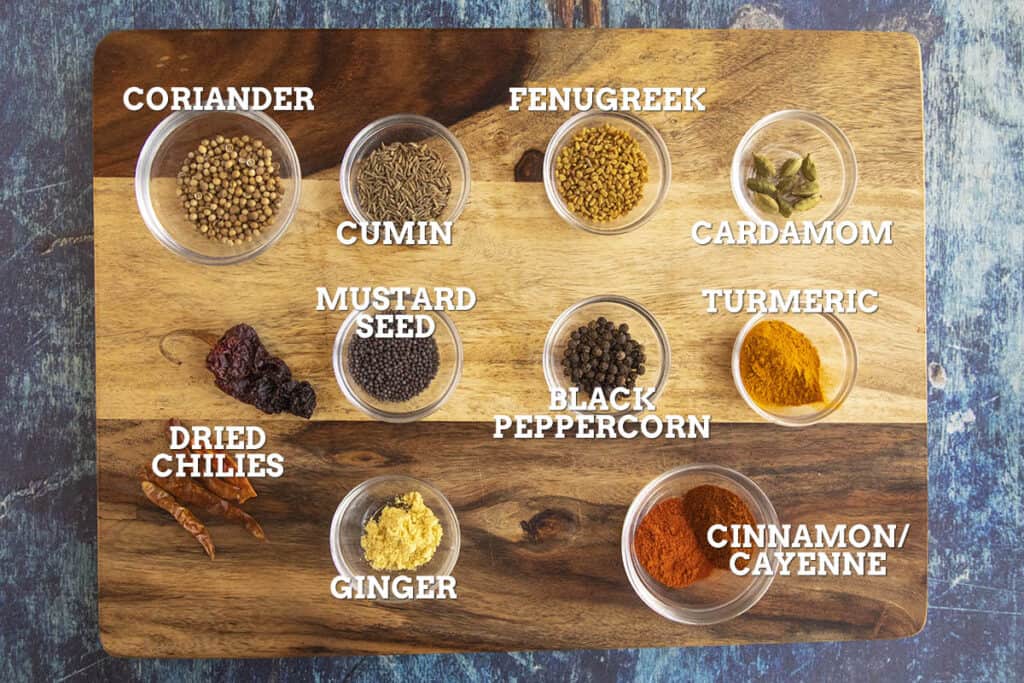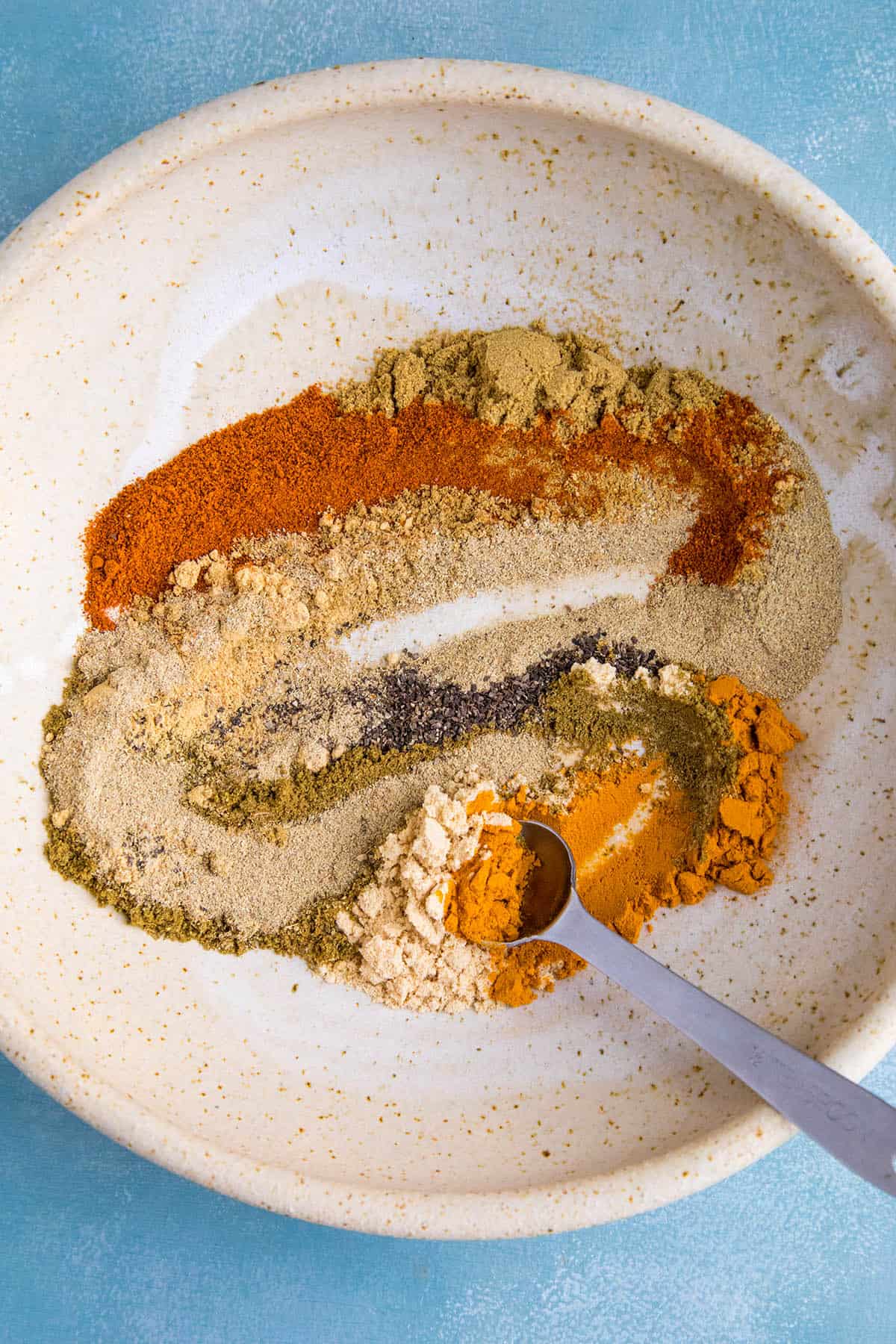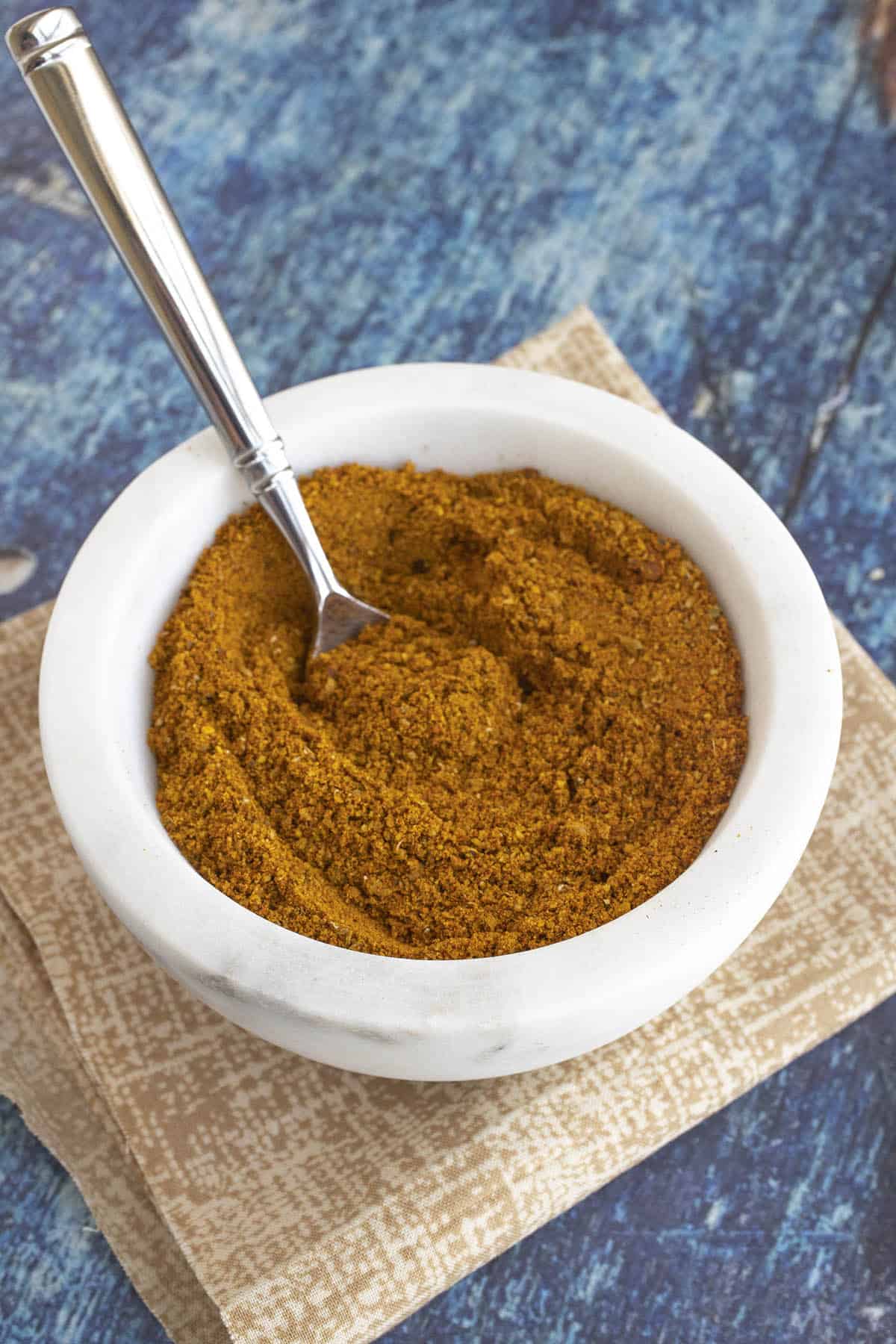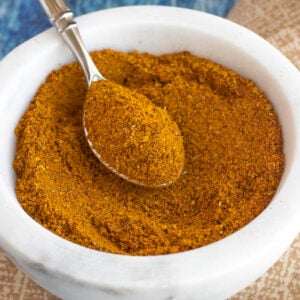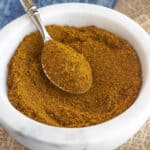That’s it, my friends! What’s your favorite curry? Is it an easy curry chicken? Madras curry powder? Vindaloo? Do you prefer coconut milk? Favorite curry sauce? Let me know! Always happy to talk curry with you. Time to get cooking! Keep it spicy. The thing you need to understand about the term “curry” is that while it is typically associated with Indian cooking and cuisine, it is a term invented by the West that doesn’t actually refer to any specific Indian dish. It is really just a general term referring to a spice blend. So what exactly IS curry powder? Curry spice blends vary from region to region in India and throughout the world, depending on the region, the availability of ingredients as well as the preference of the curry blend maker. Curry has spread around the world from India. You’ll find it now in many regions, such as Japanese curry, Jamaican curry, Thai curry and more. Interestingly, the word “curry” is actually a creation of the West, having appeared in in British cookbooks in the 18th century, borrowing ingredients from Indian culture and cuisine, similar to garam masala.
Coriander Turmeric Cumin Fenugreek Ground Chili Peppers, such as cayenne pepper.
Other additional ingredients might include:
Asafoetida (Hing spice) Caraway Cinnamon Clove Ginger Garlic Fennel Seed Mustard Seed Green and/or Black Cardamom Nutmeg White Turmeric Curry Leaf Black pepper Others, depending on the preferred flavor profile.
It also allows you to make different blends that you can use for different recipes. This particular recipe is a basic curry powder recipe that you can use in any simple curry dish or other Indian food for easy weeknight cooking. Let’s talk about how to make curry powder.
Cardamom Ground Coriander Fenugreek Cumin Dry Mustard or Mustard Seeds Turmeric Paprika Ground Ginger Black Pepper or Peppercorns FOR HOT CURRY Cayenne Powder (use Kashmiri powder if you can find it for medium heat – use paprika for a milder version) or Dried Chilies Cinnamon
Grind the toasted ingredients in a spice mill until well ground. Mix together the following ingredients together in a small bowl - cardamom, ground coriander, ground fenugreek, ground cumin, dry mustard, turmeric, cayenne powder, ground ginger and black pepper. Be sure to mix the ingredients enough until they are well combined. Store in an airtight container until ready to use. Makes ¼ cup. The most commonly used are Kashmiri peppers, which are more local to India, though cayenne and paprika are common and easy to obtain. I like to include ghost pepper powder in some of my curries for the added heat and flavor, though that might be a bit hot for the general consumer. Chiliheads will love the addition, though, so feel free to experiment with ghost peppers and other superhot chili peppers to your liking. Garam masala is often used as a finishing spice, while curry is used more in general cooking, though both can used in this way. The name “Garam Masala” translates to “hot spice blend” from Hindi, where “curry” refers to the sauce used for flavoring. Garam masala tends to be much stronger in flavor because of the robust seasonings used to make it, where many curry spice blends tend to be milder in comparison. For more developed flavor, lightly toast the seeds in a dry pan until they become fragrant, then grind them in a spice grinder or with a mortar and pestle. Then, mix them as desired. Store in an airtight container for freshness and enjoy as needed. Got any questions? Ask away! I’m happy to help. If you enjoy this recipe, I hope you’ll leave a comment with some STARS. Also, please share it on social media. Don’t forget to tag us at #ChiliPepperMadness. I’ll be sure to share! Thanks! — Mike H. NOTE: This recipe was updated on 4/7/23 to include new information. It was originally published on 6/19/19.
